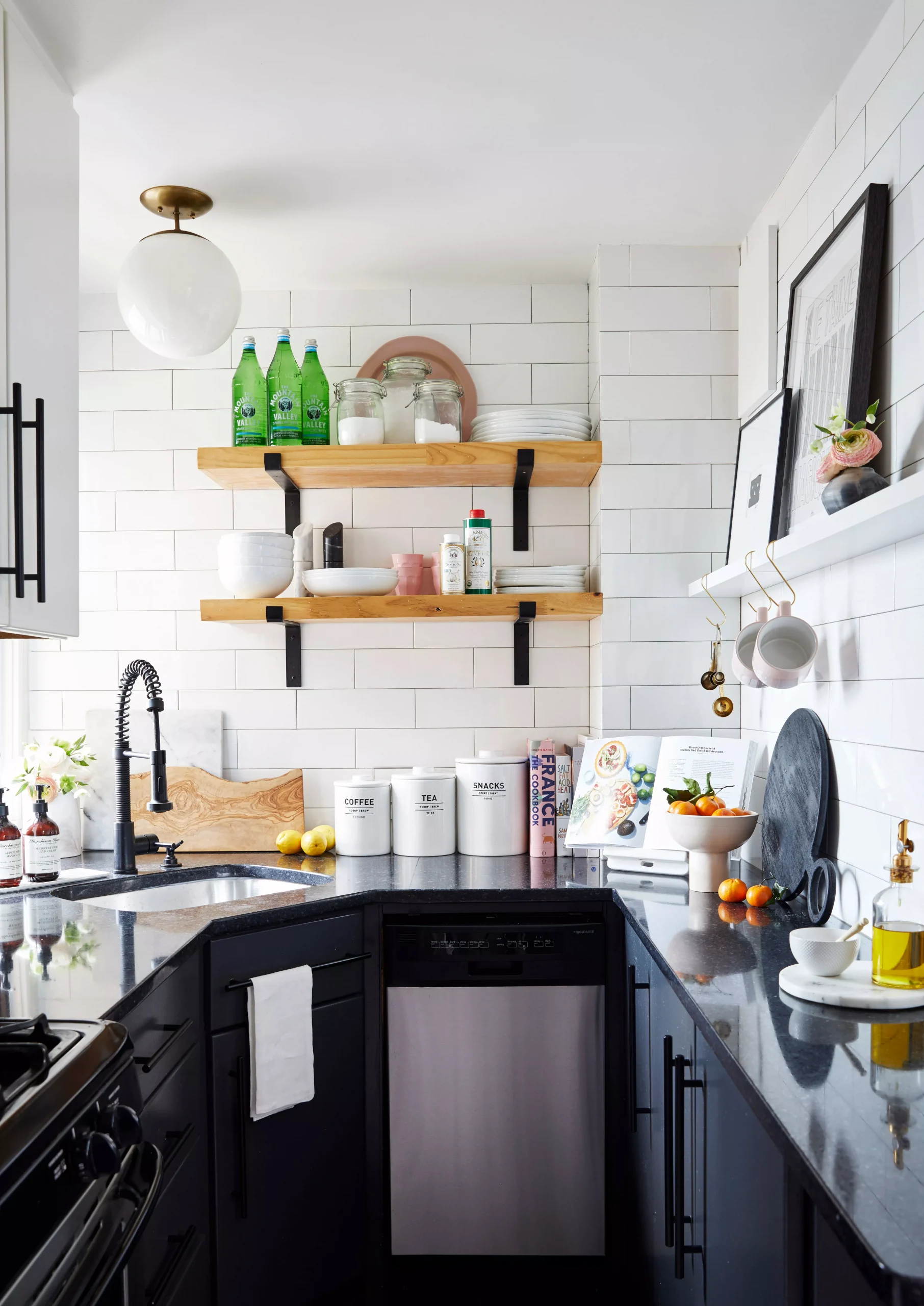
Paint might seem like a little investment in the total home remodelling picture. Whether you’re gutting your brand-new home top to bottom or updating space by area, it’s never a bad concept to stay within budget. Keeping remaining paint for touch-ups is a clever move, not only to conserve some cash down the line however likewise to conserve a journey to the store for more. Plus, if the color you used gets stopped, you can possibly save yourself from repainting a whole room.
Knowing how to appropriately seal and save paint for future use is the crucial to success. Utilize the following simple paint storage concepts to ensure you have all of your bases (and walls) covered.
Clean and Close the Lid
When you’re wrapping up a paint task (and have a decent amount of surplus paint) constantly be sure to secure the lid back onto the can in the past putting it away. Clean it tidy of any excess paint. If you ‘d like, include a layer of plastic wrap in between the can and the lid for additional security.
Shop in a Cool, Dark Area
All paint must be kept out of direct sunshine and in a location that’s temperature level managed, ideally between 60 and 80 degrees Fahrenheit. While the garage is a popular area to stow cans away, paint can freeze so reconsider if you experience harsh winters where you live. Instead, carve out a location in the basement or a closed cabinet or closet elsewhere inside the house that’s out of the reach of little kids or family pets.
Separate Different Types of Paint
When you’ve determined where leftover paint needs to be kept securely, take a minute to sort the different types including spots, primers, sealants, and spray paint cans. You can take it a step even more and organize them by space or surface. This action will assist you find out just how much space you require to commit to paint storage and how many bins, if any, you require to include them.
Organize Paint and Supplies
Keeping your paint plus painting supplies in one area indicates you have everything you require when you’re all set to tackle your next task. If there are no pre-existing or integrated shelves in the area you pick to save them, think about assembling a durable metal shelving system. Add on caster wheels for convenience and rack liners so products sit flat. Common sized paint cans can line up on the shelves as is however utilize open leading or open front bins to confine smaller cans and supplies like brushes, rollers, and ground cloth. Stick with inexpensive plastic or acrylic containers in case there are any spills. Assign each shelf a purpose, such as materials or kind of paint, and identify them or the bins to decrease uncertainty.
Transfer to Smaller Containers
Rather of placing the primarily empty can on a rack, use a funnel or strainer to put the staying paint into a smaller sized container. An alternative concept is to utilize plastic touch-up containers with built-in blending balls so you can simply shake and paint.
Label Where the Paint Was Used
You ought to likewise add the last 2 information to any paint still in its original can. If your memory is foggy for the ones you presently have, make a note to identify any brand-new paint going forward.
Create a Paint Portfolio
Another creative idea is to keep documents of the paint you’ve utilized around your home. Whether it’s in a binder or file (physical or digital), list each space and its paint details so you can constantly refer back to it in the future. Or, if you offer your house, and the buyers like the colors you used, you can hand the portfolio over to them.
Keep Craft Paint Separated
Although the general organizing guideline of them is to save like items together, paint used for crafts– grownups or kids– need to be arranged by themselves. This is due to the fact that they’re utilized much more frequently than routine paint and require to be accessible. You can utilize an organizer that’s made particularly for the type of paint you typically use, such as fabric, oil, watercolor, or acrylic. Otherwise, feel free to get innovative and repurpose a spice riser, image ledge, or a back-of-the-door shoe organizer.
Know When it’s Time to Toss
Every brand or type of paint is different so check with the maker to determine how long the particular paint you have must last. Noticeably, if you see any mold or mildew around the lid, that the paint is not smooth when you stir it, or looks various on the wall than it did formerly, those are all indications that it’s expired.
Safely Dispose of Expired Paint
Depending on where you reside, your municipality will have its own set of guidelines when it pertains to appropriate paint disposal. It’s essential to examine with your local city or town to find out the best way to get rid of yours. Try checking out paintcare.org to locate where you can drop off paint, learn if it can be gotten, and gain concepts on how to minimize paint waste.
Donate Paint
Even if the paint you have actually is not expired, there’s no reason to hold onto excess mess. For any colors that you choose you no longer requirement, or like, contact your regional Habitat for Humanity chapter, schools (if it’s craft paint), or globalpaints.org to inquire about contributions.




